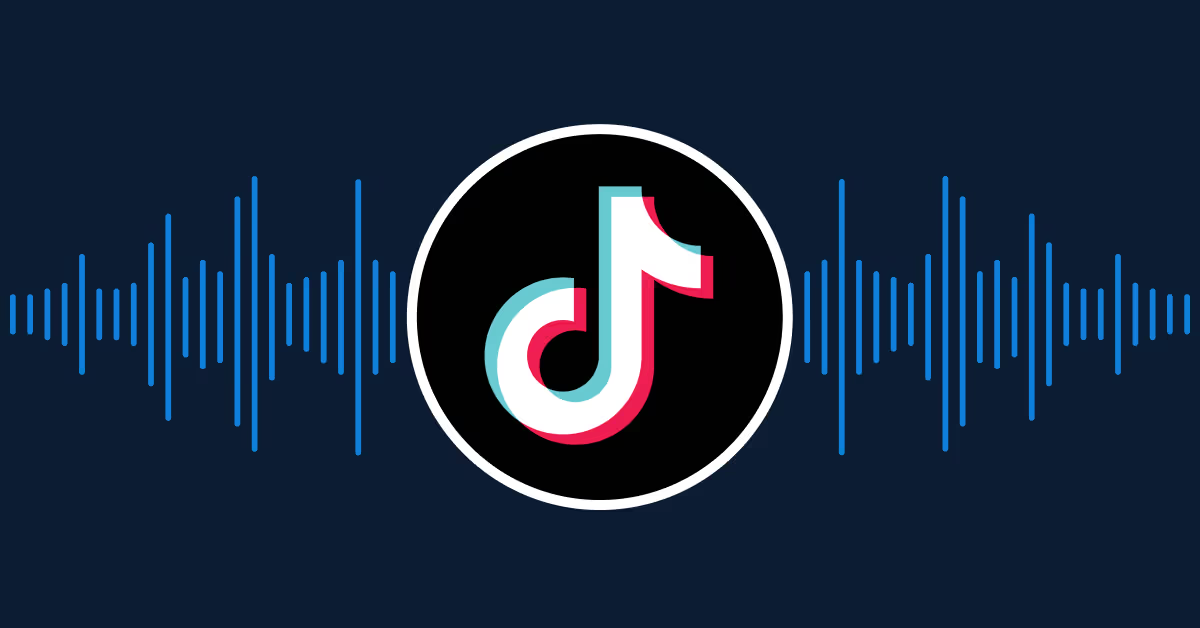Metadata 101 — How to Make Sure You’re Properly Set Up to Release
Metadata is far from the most exciting part of releasing music, but it’s crucial to your success, ensuring you get discovered, credited and, most importantly, paid.
What is metadata?
Metadata is a set of data that provides information about a song. This information helps to identify, organise and categorise digital music files on streaming platforms and other digital libraries.
Where do I input metadata when releasing a song?
Metadata is set by your label or distributor. If you are self-releasing, you will input all of the relevant metadata during the upload process to your chosen distributor.
Remember—streaming platforms such as Spotify will display exactly how it is sent to them, so make sure the information is correct.
Here’s a step-by-step guide guide explaining how to set up your metadata before releasing music:
1. The Basics
- Start with the core information: title, artist name, album, release date, and genre
- Small discrepancies make it hard for listeners to find your music and for you to receive royalties—ensure information is accurate and consistent
- Double-check for typos or misspellings, especially in artist and album/EP names
2. Don’t Skip Credits
- Make sure to properly credit songwriters, producers and collaborators
- This is a critical step and ensures everyone involved gets paid for their work
3. Include ISRC Codes
- ISRC (International Standard Recording Code) is a unique identifier for each track and is essential for tracking royalties
- Your label or aggregator—DistroKid, CD Baby, Ditto will provide these codes
- Alternatively you can obtain them from a national ISRC agency
- Without ISRCs, your songs won’t get credited properly, which means missed revenue
4. Use High-Quality Artwork with Proper Metadata
- Album art plays a big role in the digital presence of your music
- Ensure your artwork is in a high-resolution and meets platform specifications:some text
- Between 3000 x 300 pixels - 5000 x 5000 pixels
- JPEG, TIFF or PNG format
- No more than 36mb
- Include information like the artist’s name and album title in the artwork’s digital file as well. Always double-check this matches your metadata
5. Optimise Genre Tags and Subgenres
- Genre tags help platforms categorise your songs, improving discoverability.
- You can choose subgenres or mood tags that accurately reflect your music.
- Correct tags means you’ll be recommended to the right audience and land in relevant playlists
6. Check Licensing and Copyright Info
- For covers, remixes, or tracks containing samples, include proper licensing information and credit the original creators.
- Missing metadata can lead to takedowns or lost royalties
- Make sure you have the rights to use every element in your track to avoid delays
7. Provide Lyrics (if applicable)
- Most DSPs now display lyrics and is a widely used feature that you should take advantage of.
- Musixmatch is the preferred partner to upload your lyrics to platforms such as Spotify, Apple Music, Deezer etc.
- You will need to make sure you’re a verified artist on Musixmatch to upload your lyrics.some text
Final Thoughts
It can seem overwhelming at first but good metadata increases your chances of getting discovered and means you’ll be paid correctly. Take time before your release date to properly set it up.
Remember. Poor preparation leads to piss-poor performance.
Ready to master your metadata?
Head back to the un:hurd app to explore more tools and resources for managing your music release.
Not an un:hurd user yet?
Join thousands of independent artists who are using un:hurd to streamline their music marketing and maximise their impact. Sign up today!



